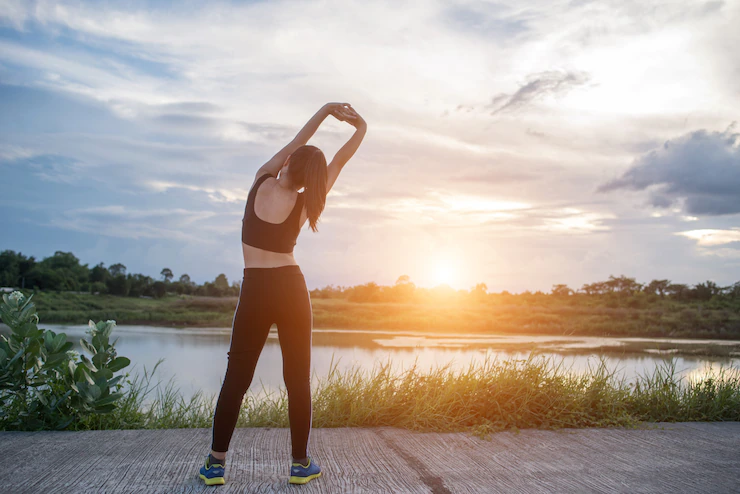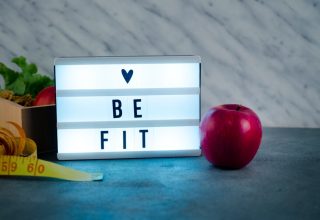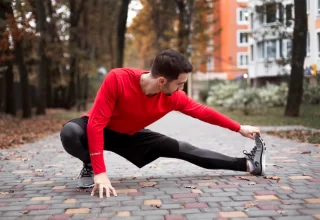What Are the Healthy Practices to Follow Beyond the Pandemic?
You have made it through your shift and all the procedures that come with it. You administered multiple IVs, placed Foley catheters, and changed dressings.
As you remove your protective equipment (PPE) for the last time that day, you pause to consider: how many of those precautions will still be necessary after the pandemic?
After all, the Centers for Disease Control and Prevention (CDC) reports that healthcare-associated infections have decreased since COVID-19 began.
The CDC attributes this decrease largely to enhanced hand hygiene protocols. So which safety measures will continue to be required post-pandemic? And which ones might not be?
The answer is not clear yet. However, some practices seem likely to remain necessary for central line-associated bloodstream infections or CLABSI prevention. If the common causes of CLABSIs get addressed effectively now, we may have an opportunity to prevent them in the future as well.
Contents
5 Healthy Practices to Follow Beyond the Pandemic
1. Continue to Wear a Mask in Public

Mask wearing has been commonplace for months, and it is safe to say that most people are used to wearing them at this point.
But as restrictions continue to lift nationwide, some people may be tempted to ditch the mask-wearing when they go out. That could be a mistake.
At this stage in the pandemic, experts recommend continuing to wear masks whenever you go out in public and practice social distancing.
The CDC now recommends that even vaccinated individuals take these precautions around other people who lack complete vaccination.
2. Keep Washing Your Hands Frequently

We have all heard the mantra many times: wash your hands frequently with soap and water for at least 20 seconds. It is the best way to prevent infection, but if soap and water are not available, use alcohol-based hand sanitizer with at least 60% alcohol.
Additionally, avoid touching your eyes, nose, or mouth as much as possible; this is a common way that germs enter the body.
And if you are sharing a home with anyone other than yourself, be sure to practice social distancing from them whenever possible. Try to keep at least 6 feet between you when in public or in any space shared with people outside your household.
3. Keep Using Hand Sanitizer

You have likely been using hand sanitizer on almost every occasion since the coronavirus pandemic started, and it is a great practice to continue after it ends.
Remember that alcohol-based hand sanitizers do not help avoid all types of germs. They work by killing the germs on your hands.
The best option is to use a hand sanitizer with at least 60% alcohol. Apply a generous portion of the liquid all over your hands, then rub it into your skin until dry (about 20 seconds). Make sure your hands are dry before touching anything else!
4. Avoiding Large Crowds

Social distancing during the COVID-19 pandemic has been a difficult adjustment for many people and will likely need to stay in place even after restrictions get lifted.
To practice social distancing, you should avoid large crowds of people and remain at least six feet away from other individuals. For more information on social distancing, please visit the CDC website.
5. If You Are Sick, Stay Home

If you are sick, stay home. Rest. Drink plenty of fluids and eat healthy foods to help you stay strong enough to fight off the illness and feel better.
Do not go to work or school or attend social events while you have COVID-19 symptoms such as a fever, cough, or shortness of breath – even if they’re mild.
Contact your supervisor, teacher, or event organizer and let them know that you won’t be attending so they can make arrangements for coverage. Also, contact your health care provider for advice about how long you should stay home and away from others after your symptoms disappear.
People with COVID-19 should isolate themselves in a separate room until it’s safe to resume their normal activities.
If someone in your household has COVID-19 but isn’t severely ill, the people in the house who aren’t sick should quarantine themselves. It can happen by staying at home until 14 days after the last day the ill person had any symptoms (or tested positive if they never developed symptoms).
Conclusion
Protect yourself and others by continuing to follow these simple practices. You have a responsibility to protect yourself and others. It is your privilege, right, duty, and mandate.
Wash your hands. Stay home when you’re sick. Wear a facemask in public to help protect others around you and the community. You can keep your pets healthy by bringing them in for regular checkups and vaccinations. Clean touched objects and surfaces often.
Read Also:
- Is CVS PCR Test Accurate? What Is It, Methods, Impacts, FAQs, More
- 7 Common Diseases Affecting Children and How to Prevent Them
- Google Doodle Says, “Thank You Coronavirus Helpers”
- The Flu in Children: Causes, Symptoms, and Treatment



